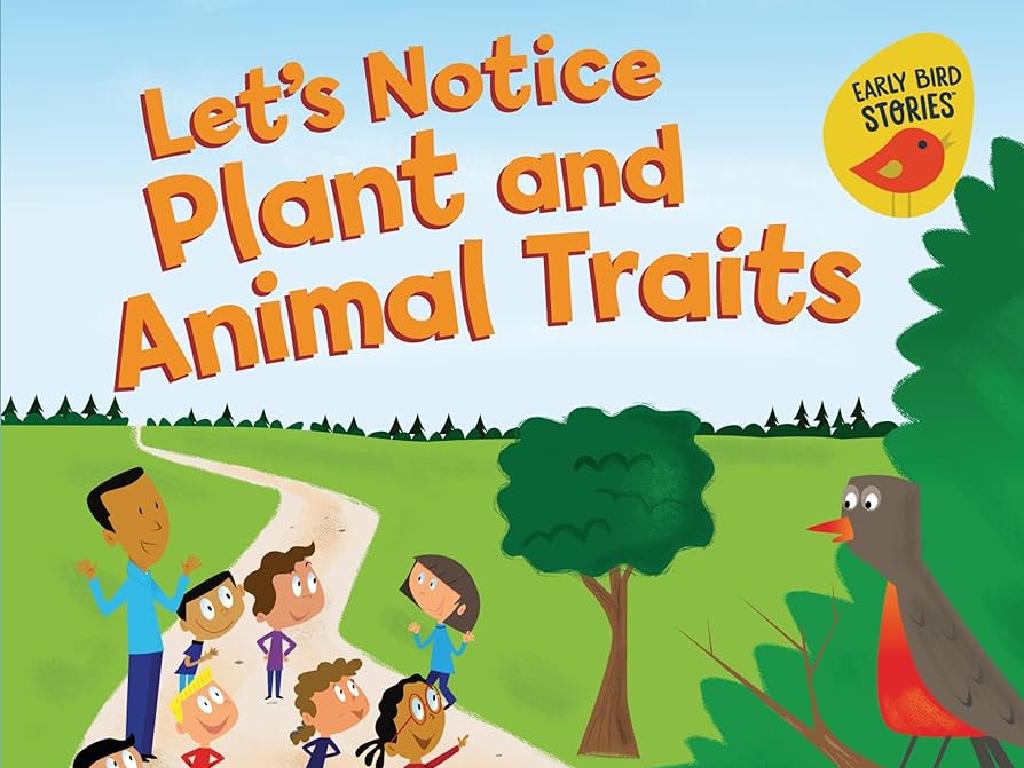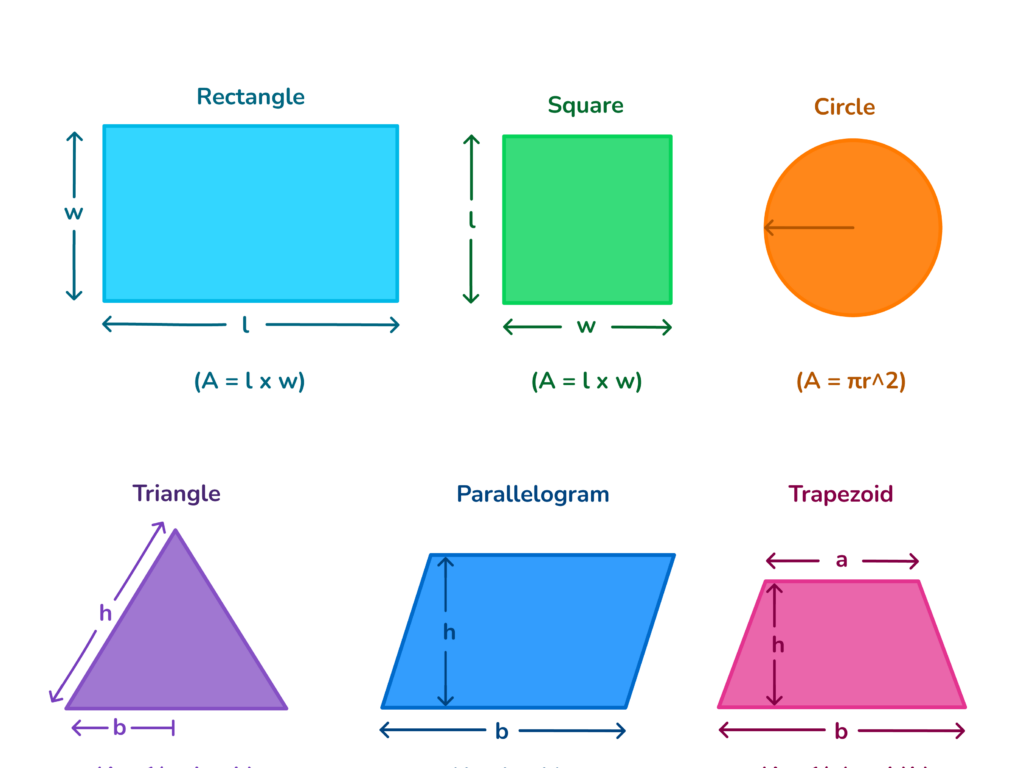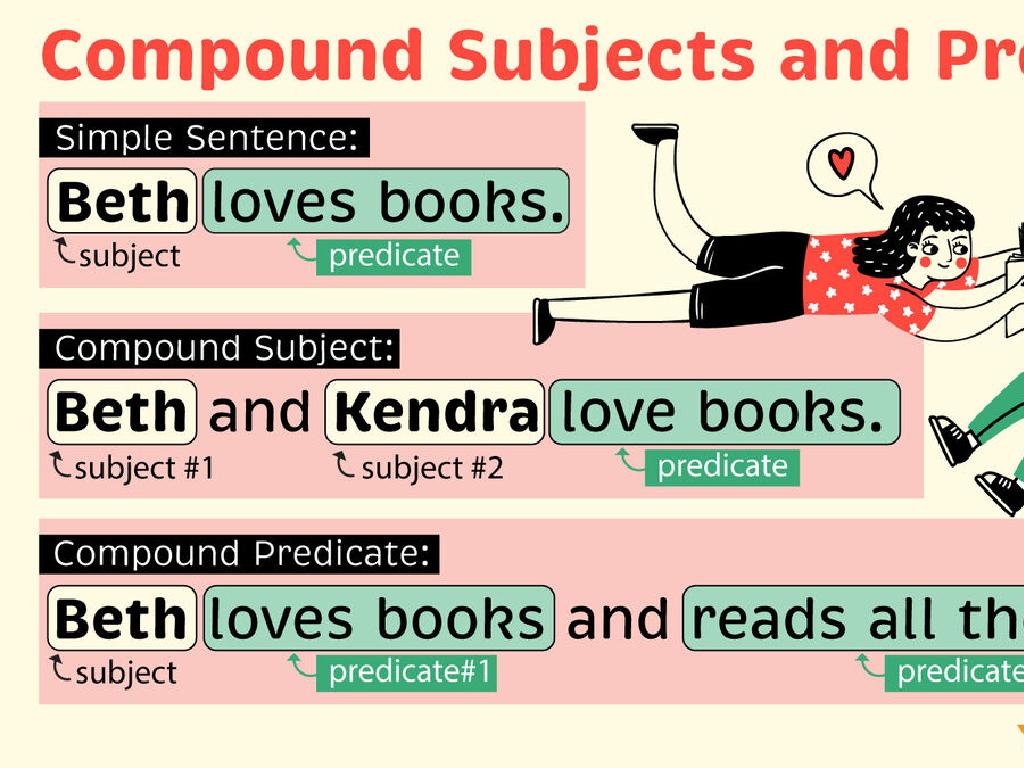Identify Plant Parts
Subject: Science
Grade: Kindergarten
Topic: Plants
Please LOG IN to download the presentation. Access is available to registered users only.
View More Content
Welcome to the World of Plants!
– Greet our little botanists with a smile
– Today’s adventure: Plant Parts!
– We’ll explore roots, stems, leaves, and flowers!
– Do you have a favorite plant?
– Think about plants you’ve seen or have at home.
– Why is it your favorite?
– Sharing helps us learn about different plants!
|
Begin the class with a warm and enthusiastic greeting to capture the students’ attention. Introduce the topic of plant parts in an exciting way to pique their interest. Engage with the students by asking them if they have a favorite plant, encouraging them to think about the plants in their own lives. This will help them connect personally with the topic. Follow up by asking why it’s their favorite to stimulate their thinking about the characteristics of plants. This interaction will set a friendly and interactive tone for the lesson, making the students more receptive to learning about the different parts of plants.
What Are Plants?
– Plants are living things
– Plants need water, air, sunlight
– Different plants: trees, flowers, bushes
– See how many types you can spot outside!
– Plants give food, oxygen, and homes
– They help us breathe and feed animals
|
Begin the lesson by explaining that plants are living organisms, just like humans and animals. They grow in soil and require water, air, and sunlight to live. Show the children pictures of various plants, including trees, flowers, and bushes, to help them identify different types in their surroundings. Discuss the critical roles plants play in our ecosystem, such as providing food for humans and animals, producing oxygen for us to breathe, and serving as shelter for wildlife. Encourage the children to think about the plants they eat and to observe the plants around their homes or school.
Exploring Plant Parts
– Roots: The plant’s anchor
– Roots hold the plant in soil and take in water and nutrients.
– Stem: Supports the plant
– The stem holds up the plant and moves water and nutrients.
– Leaves: Make food for the plant
– Leaves use sunlight to make food for the plant through photosynthesis.
– Flower: The reproductive part
– Flowers can make seeds to grow new plants.
|
This slide introduces the basic parts of a plant to Kindergarten students. Use a real plant or a large, clear diagram to point out each part as you explain. For roots, describe how they keep the plant stable in the ground and absorb water and nutrients. The stem is like the plant’s backbone, supporting it and acting as a highway for nutrients and water. Leaves are the plant’s food factory, using sunlight to create energy through a process called photosynthesis. Lastly, the flower is the colorful part that can make seeds for new plants. Encourage the children to touch and feel the different parts if a real plant is used. This tactile experience can help solidify their understanding.
Exploring Plant Roots
– Roots keep plants stable
– Like hands that hold the plant down
– Roots absorb water and nutrients
– They drink up water and food from the ground
– Look at roots in the soil
– See how roots spread out below the ground
|
This slide introduces the function of roots in plants. Explain to the students that roots are like the hands of the plant that hold it tightly in the soil so it doesn’t fall over. They also act like straws, absorbing water and nutrients which are essential for the plant’s growth. Show the students a cross-section image of roots in the soil to help them visualize how roots spread out and anchor the plant. Encourage the children to think of roots as a hidden part of the plant that works hard beneath the soil. You can bring a small potted plant to class to show the roots or use a diagram to make it easier for the students to understand.
The Stem: Supporting Our Plants
– The stem holds the plant up
– It’s like the plant’s backbone, keeping it straight and tall
– Stems carry water to the plant
– Stems move water from roots to leaves
– Stems are like plant straws
– Water travels inside the stem to reach all parts
– Stems help the plant stay healthy
|
This slide introduces the function of the stem in a plant’s structure and survival. Describe the stem as the backbone of the plant, which supports it and keeps it upright. Explain how the stem acts like a straw, drawing up water and nutrients from the roots to nourish the rest of the plant, including leaves and flowers. Use a simple diagram to illustrate this concept, showing water moving up through the stem. This visual will help kindergarteners understand the stem’s role in a plant’s health and growth. Encourage students to touch the stem of a plant and feel its firmness, helping them to relate to the concept of support and transport of nutrients.
The Wonderful World of Leaves
– Leaves are often green
– Leaves help plants breathe
– They take in air for photosynthesis
– Leaves make food with sunlight
– This process is called photosynthesis
– Leaves have veins like a map
– Veins carry water and nutrients
|
This slide introduces the concept of leaves to Kindergarten students. Start by discussing the color of leaves, which is usually green due to a pigment called chlorophyll. Explain that leaves come in various shapes and sizes. Then, teach the children about the role of leaves in breathing and photosynthesis, which is how plants make their food using sunlight. Use a close-up image of a leaf to point out the veins, explaining that they are like a tiny map that transports water and nutrients throughout the leaf. Encourage the children to look at leaves on their way home or in their yard and notice the different shapes, sizes, and patterns of veins.
The Flower: A Plant’s Colorful Part
– Flowers are the colorful parts
– Flowers can create seeds for new plants
– Seeds form in the flower after pollination
– Some flowers smell nice
– Scents attract bees and butterflies
– Flowers attract insects
|
This slide introduces the concept of flowers to Kindergarten students. Emphasize that flowers are not just pretty; they play a crucial role in the life cycle of a plant by making seeds, which can grow into new plants. Explain pollination in simple terms, such as how insects like bees and butterflies visit flowers because they look pretty and smell nice, and in doing so, they help the flowers to make seeds. This is a good opportunity to introduce the idea of plant reproduction in a very basic form. You can also bring in real flowers or use pictures to help students identify and connect with the content.
Let’s Review Plant Parts!
– Recap the 4 main plant parts
– Roots absorb water, stem supports, leaves make food, flowers attract bees.
– Interactive naming with diagram
– Point to each part on a plant diagram and have students shout out the names!
– Praise our little botanists
– Great job learning about plants, you’re all amazing botanists!
|
This slide is meant to consolidate the knowledge that the students have gained about the parts of a plant. Start by recapping the four main parts of a plant: roots, stem, leaves, and flower. Use a large, colorful diagram of a plant and interact with the students by pointing to each part and asking them to name it. This reinforces their learning and helps with memory retention. Make sure to offer plenty of praise to the students for their hard work in learning all the parts of a plant, which will boost their confidence and encourage a positive attitude towards learning science. You can also bring a real plant to class to make this review more engaging.
Class Activity: Plant Part Hats
– Let’s make plant part hats!
– Choose your favorite plant part
– Could be a leaf, stem, root, or flower
– Create a hat for your plant part
– Use paper, colors, and creativity
– Wear your hat and explain it to the class
– Tell us what your plant part does
|
This activity is designed to help Kindergarten students learn about different parts of a plant in a fun and interactive way. Each student will select a plant part and create a hat that represents it using craft materials. Once the hats are made, students will wear them and take turns explaining the function of the plant part they chose. For example, one student might wear a flower hat and explain that flowers make seeds. Another might wear a leaf hat and discuss how leaves make food for the plant. This activity not only reinforces the lesson on plant parts but also encourages public speaking and creativity. Possible variations of the activity could include group work to create a full plant costume, a parade of plant parts, or a matching game where students match their hats to images of plants.






